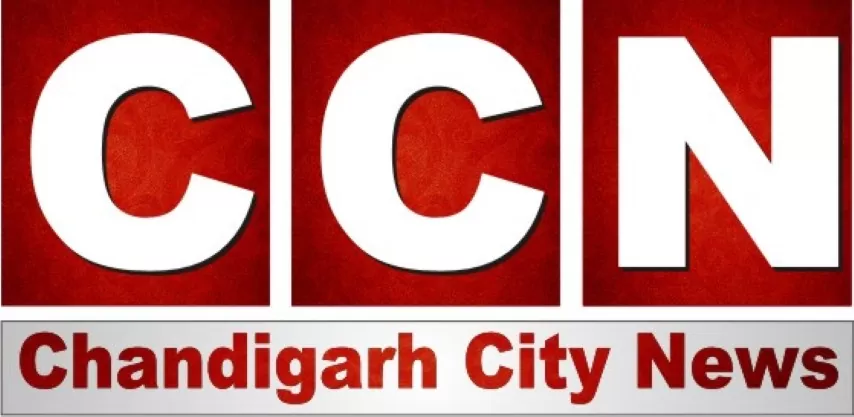Just a few years ago, the entertainment world drew clear lines between film, television, and digital content. Movie stars did movies. TV stars stayed on the small screen. And digital was the scrappy younger sibling, hustling to be taken seriously. Fast forward to 2025, and those lines aren’t just blurred—they’ve been completely erased. Welcome to the era of OTT crossovers, where talent, stories, and even franchises are migrating across platforms like never before.
From Shahid Kapoor making a seamless leap into long-form storytelling with Farzi, to Hollywood names like Jennifer Aniston and Reese Witherspoon producing and starring in Apple TV+ shows, the OTT space has become more than just a side hustle—it’s now the main stage. And the crossover trend isn’t limited to actors. Directors, writers, and even entire cinematic universes are moving fluidly between big screens and streaming platforms, creating a media landscape that’s as dynamic as the audiences consuming it.
The Rise of Platform-Hopping Stars
In Bollywood and beyond, the star system is evolving fast. The once-rigid hierarchy between cinema and web content has given way to a merit-based model driven by audience loyalty and binge-worthiness. Today, a show on Netflix India or Amazon Prime can give an actor more reach and longevity than a theatrical release with limited screens and weekend pressure.
Take Jaideep Ahlawat, who became a household name through Paatal Lok, or Sobhita Dhulipala, whose breakout in Made in Heaven led to big banner film offers. These actors aren’t just dabbling in OTT—they’re building careers across platforms, creating a new breed of hybrid stars.
On the global stage, we see similar shifts. Pedro Pascal headlined The Mandalorian, an OTT series with the production scale of a blockbuster. Meanwhile, limited series like The Queen’s Gambit and Squid Game catapulted relatively unknown faces into stardom, leading to movie offers and global brand deals.
OTT is no longer the “alternate” route; it’s the main highway.
Franchises Without Borders
Perhaps the most telling sign of OTT’s dominance is the expansion of popular franchises into streaming platforms. No longer confined to cinema halls, these narratives now flow seamlessly between formats, offering prequels, spin-offs, and sequels directly to your living room.
In India, YRF’s Spy Universe is reportedly exploring OTT tie-ins to build character backstories that wouldn’t fit in a traditional 2.5-hour theatrical film. Imagine a mini-series digging into the past of Pathaan or Tiger—delivered directly to fans, with full cinematic flair. This not only feeds audience curiosity but also expands the shelf-life of the franchise.
Internationally, Marvel has practically rewritten the rulebook. Shows like WandaVision, Loki, and The Falcon and the Winter Soldier serve as crucial chapters in the overarching MCU narrative. Watching the movies alone is no longer enough—you’ve got to stream the shows to stay in the loop. That’s not just synergy, that’s storytelling evolution.
Creators Going Cross-Medium
It’s not just the actors and franchises making the leap—creators are in on the action too. Filmmakers like Neeraj Pandey and Sujoy Ghosh, long established in cinema, have ventured into web series with the same creative ambition. OTT gives them the space to build more layered narratives, experiment with pacing, and reach niche audiences without box office stress.
In 2025, it’s common for writers to pitch a story and let the medium decide itself. Does it want to be a six-episode thriller? A feature film? A serialized anthology? The line between screenplay and series bible is getting thinner by the day.
Moreover, streaming platforms are beginning to collaborate. Disney+ Hotstar and Hulu are exploring shared content across regions. Netflix is doubling down on Indian originals that can travel globally (Delhi Crime, Class, The Archies), while Amazon is investing in regional crossovers—Telugu or Malayalam content dubbed and marketed in Hindi and Tamil belts.

The Business Side: Economics of Crossover Content
From a production standpoint, crossovers make smart business sense. Actors with a built-in fanbase draw in subscribers, while extended universes keep viewers on the hook longer. For streaming giants locked in a brutal war for eyeballs, crossover content is the ace up their sleeve.
OTT platforms are increasingly signing exclusive contracts with stars, not unlike old Hollywood studio deals. But this time, they’re not locking actors into roles—they’re building mini-empires around their personas. An actor might headline a romantic series, narrate a true-crime doc, and pop up in a comedy sketch, all under the same streaming banner.
And let’s not forget the monetization potential. Brand tie-ins, shoppable content, even NFT-based collectibles from streaming hits—OTT crossovers are creating entire ecosystems of engagement and revenue.
Challenges & Cautions
Of course, the gold rush comes with growing pains. Oversaturation is a real threat. Audiences, bombarded with endless choices, may tune out entirely if content starts to feel formulaic or cynically commercial.
There’s also the risk of overextending beloved IPs. Not every side character needs a spin-off, and not every cliffhanger deserves a sequel. The challenge for creators and platforms will be knowing when to expand—and when to let a story end gracefully.
Also, with the crossover craze comes increased competition. Platforms that once welcomed creators with open arms are now setting higher bars. The demand for cinematic quality in web content means higher budgets, tighter timelines, and greater pressure to perform.
The Future Is Fluid
Looking ahead, the OTT crossover trend shows no signs of slowing down. If anything, it’s becoming the new standard. As audiences grow more platform-agnostic and creators more experimental, we’re likely to see even more boundary-breaking content.
A theatrical release might be followed by a limited series. A hit song might spawn a visual album on a streaming platform. A web comic might evolve into a web series, which then becomes a film trilogy. In this ecosystem, the only rule is that there are no rules.
For viewers, it means more immersive experiences. For creators, it’s an invitation to innovate. And for the entertainment industry at large, OTT crossovers are no longer just a trend—they’re the future of storytelling itself.











